Please start typing and select a location from the list
1 PhD Found
Clear All
Health & Medical
Anatomy, Physiology & Pathology
Medical Technology
PhDs
Up to £9,999
Search
Sort
The job you're looking for is no longer being advertised. Please see below for similar jobs.
1 PhD Found
PhD Position in Language Evolution
Language Evolution and Adaptation in Diverse Situations’ (LEADS)
Max Planck Institute for Psycholinguistics
Location:
Nijmegen
Salary:
From £2,616.35
per month
Date Placed: 24 Apr
×
Max Saved Jobs Reached
A maximum of 500 Saved Jobs can be created against your account. Please remove an existing Saved Job in order to add a new Saved Job.
Manage Saved Jobs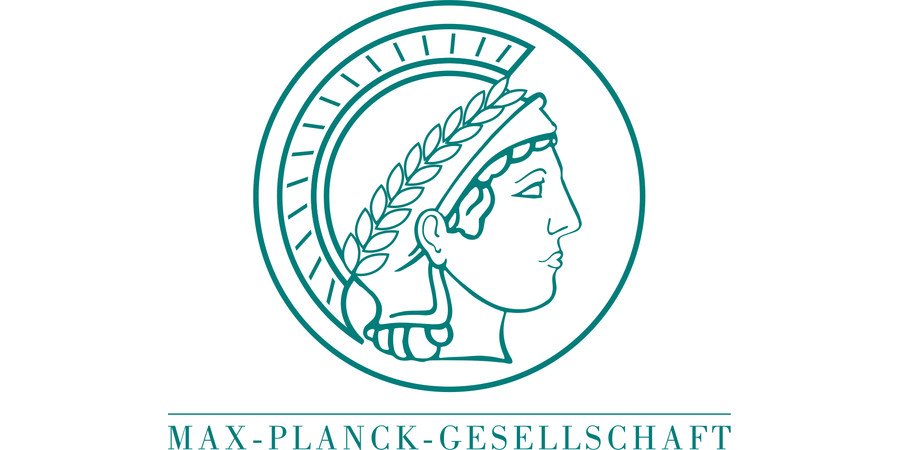
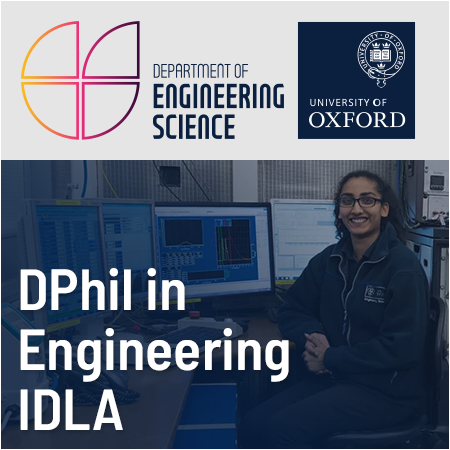
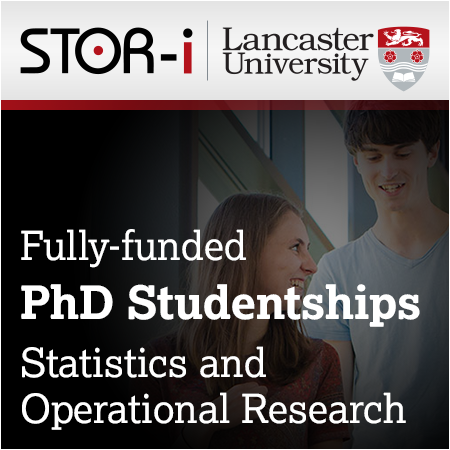
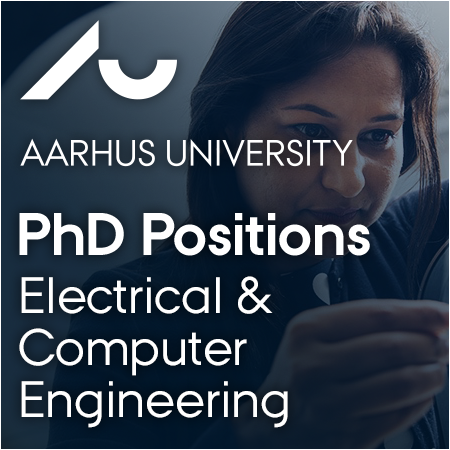
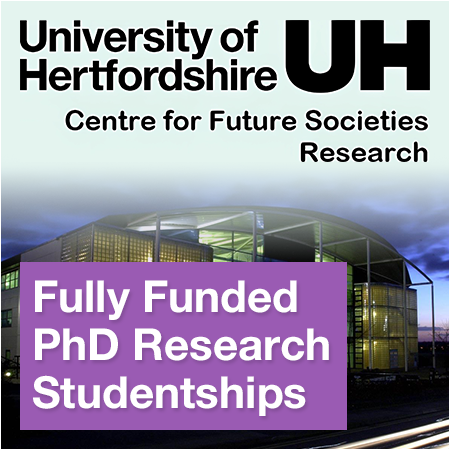
-17461758859.png)



